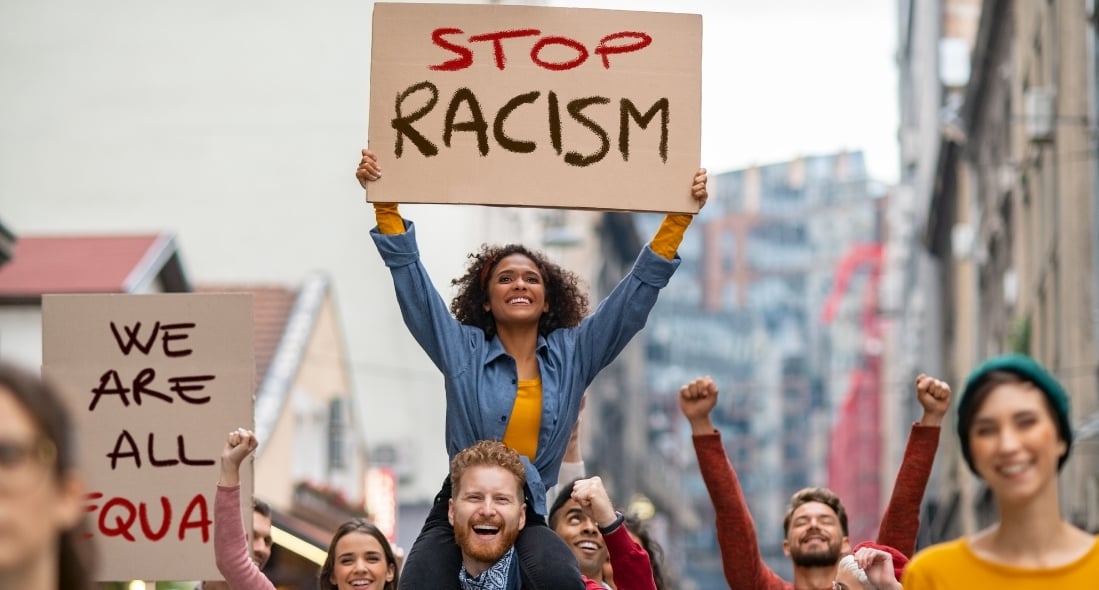What is Environmental Racism?
Beginning in the 1980’s activists and researchers began to study the links between race and environmental outcomes. The term environmental racism gained popularity after the Commission released a report for Racial Justice that found that “race has been a factor in the location of commercial hazardous waste facilities.”
Environmental racism may be defined as the phenomenon that environmental hazards are disproportionally affecting minority groups. The environmental dangers exposed to minority groups at disproportionate rates lead to negative health issues, which is silently oppressing these communities.
Consistent evidence reveals that nonwhite individuals and those of a low socioeconomic status are being affected by polluting industries disproportionately.
Environmental hazards that consistently affect the health of minority groups include
- Hazardous waste facilities
- Lead outbreaks
- Air Pollution
- Food deserts
- Major Roads
- Deprivations of quality public services
How Does Environmental Racism Affect Minority Groups?
Environmental racism results from institutional rules, regulations, policies, government and corporate decisions that deliberately target specific communities for locally undesirable land uses.
Lax enforcement of zoning and environmental laws consistently results in minority communities being disproportionately exposed to toxic and hazardous waste.
When environmental laws are violated, corporations are fined. Interestingly enough, the fines tend to be lower in minority communities, especially Black communities and poor communities, Dorceta Taylor, professor at the Yale School, states.
Environmental racism is caused by several factors, including intentional neglect, the alleged need for a receptacle for pollutants in urban areas, and a lack of institutional power and low land values of people of color.
What Are The Statistics?
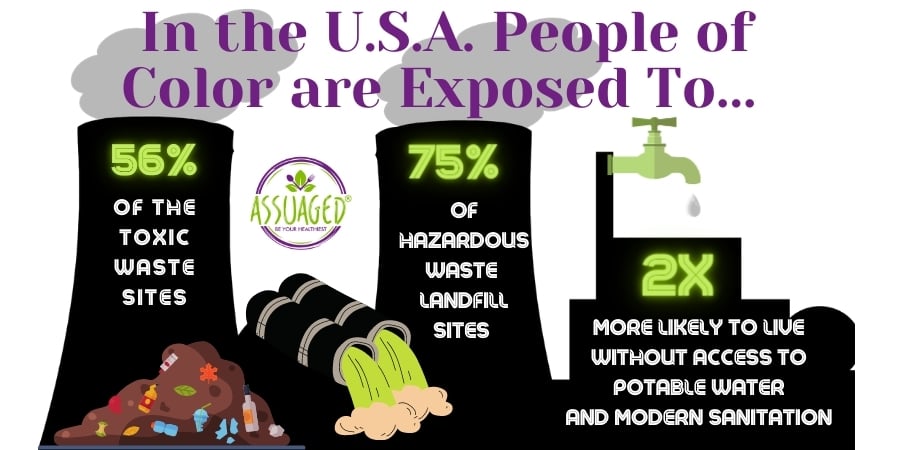
Research studies have exposed that
- 53% of people who live within three miles of the most heavily polluting coal-fired power plants are Black.
- Black individuals are exposed to 56% more pollution than they generate.
- Black individuals experience 1.54x more fine particulate matter than white people, because of this, Black people are 3x more likely to die due to particulate matter exposure.
- Black households that earn between $50,000 and $60,000 per year tend to live in neighborhoods that are more polluted than white households that earn below $10,000 per year.
- Black individuals are 75% more likely to live near a fenceline zone, aka chemical facilities.
- Chemicals used in these facilities are known to cause cancer, birth defects, and other chronic illness.
What Are Hazardous Waste Facilities?
Hazardous waste facilities emit toxic waste that causes serious air quality issues. The pollution caused by these facilities results in numerous adverse health issues. Hazardous waste facilities are a key contributing factor in why minority groups and communities suffer greater health problems.
African Americans are 75% more likely to be exposed to a hazardous waster facility compared to others. A study conducted by the Environmental Protection Agency’s National Center for Environmental Assessment found that Black Americans are subjected to higher levels of air pollution than white Americans — regardless of their income level.
Black Americans are 1.5 times more likely to be exposed to air pollution caused by greenhouse gas emissions. Air pollution is associated with lung disease, asthma, heart disease, premature death, and now Covid-19.
Examples of hazardous waste facilities include
- Industrial services (mining, sewage, landfills, etc.)
- Factory Farms
- Power stations
- Emitters of airborne particulate matter
Where is Environmental Racism Occurring?
African Americas, Indigenous populations, Hispanics, Asians, or anyone living in a low-income neighborhood throughout the United States are at risk of experience environmental racism. Globalization has increased the occurrence of environmental racism on an international scale as safety laws, and environmental practices are more lax overseas.
Flint, Michigan
The water crisis in Flint, Michigan, after a lead outbreak due to a change in water sources, exemplifies environmental racism. In 2014, Governor Rick Snyder changed the city's water source to the Flint River to save money. The new water supply was missing an anticorrosive exposing Flint's 100,000 majority-black residents to dangerous levels of lead, E.coli, and disinfectants like chlorine.
For 18 months, residents consistently reported foul-smelling and discolored water; many developed skin rashes, eye burning, hair loss, and legionnaires disease. The city ignored its citizens and stated the water was safe. When the water was finally tested it was found that lead levels were 10,000 times over the federal legal limit.
Lead poisoning can result in cognitive deficiencies and decreased intelligence; people are at an increased chance of developing reduced intellectual abilities and behavioral issues. The Michigan Civil Rights Commission concluded that the slow official reaction was an example of systematic racism.
Baltimore, Maryland
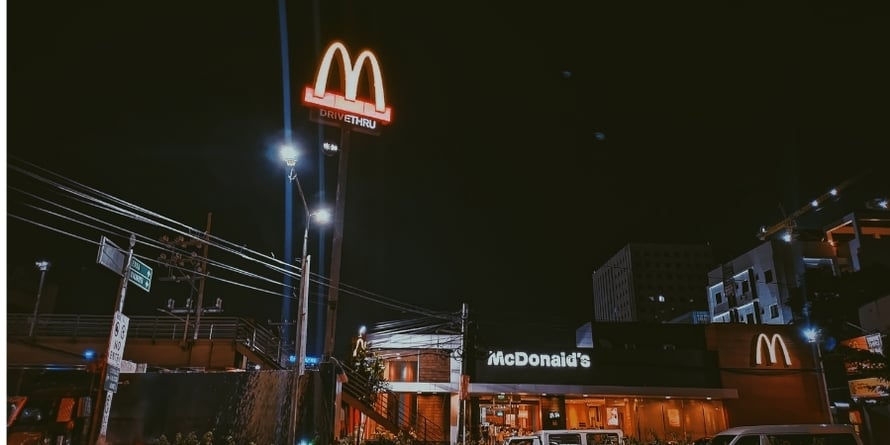
Reoccurring cases of lead poisoning are also being seen within Children in Baltimore. Lead is present in the plumbing of many buildings, in the soil near former industrial sites, and in the air surrounding South Baltimore's trash-burning plant and medical waste incinerator.
Most commonly, lead cases arise through old lead-based paint homes throughout the city. This type of paint is most often found in hyper-segregated African American homes, highlighting how systematic racism plays a part in environmental racism.
Residents of Baltimore also fall victim to food deserts. Food deserts are an accumulation of fast-food chain restaurants with a lack of nutritious farmer's markets and grocery stores within walking distance. Poor nutrition leads to various negative health incomes, including diabetes, obesity, cardiovascular problems, etc.
On top of this, Baltimore lacks sufficient green space. Green spaces are composed of a variety of parks, gardens, vegetation, or nature-filled areas known to increase physical activity and better air quality. Predominately white communities have historically been more likely to have greater green spaces compared to other racial minorities.
Cancer Alley, Louisiana
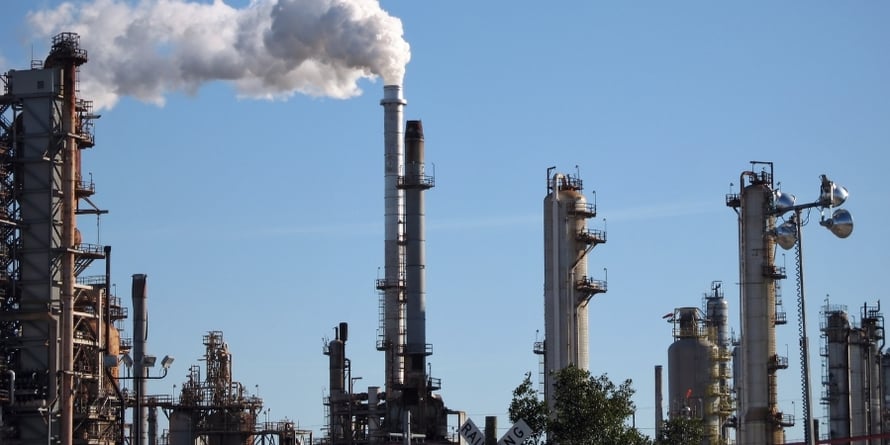
Along the Mississippi River, between New Orleans and Baton Rouge, an 85-mile strip of land lies, composed of oil refineries and petrochemical plants. This land has earned the startling name of Cancer Alley due to the high levels of toxins and pollutions exposed to residents.
Individuals living near this area are 50 times more likely to develop cancer than the average American. The pollutants from the oil refineries and petrochemical plants are poisoning the air and water sources exposing residents to these cancer-causing toxins.
The Bronx, New York
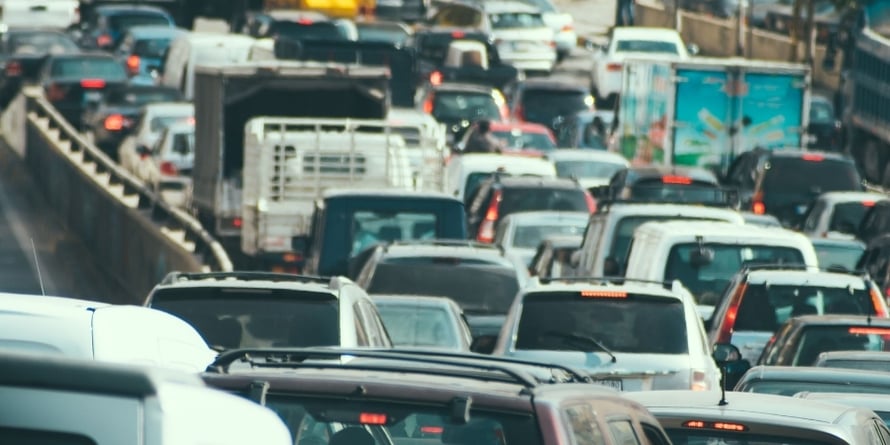
The Bronx is among the most racially diverse boroughs in NYC, and residents face severe air pollution issues causing disproportionate rates of respiratory illness. Nearly 20% of children in The Bronx have developed asthma due to the poor air quality.
The South Bronx neighborhood, Mott Haven, where 97% of the population is Hispanic or African American, has been coined with the nicknames of "Asthma Alley."This city has one of the worst air pollution levels in the U.S. Hospitals in Mott Haven operate at five times the national average and at 21 times the rate of other New York City neighborhoods.
The Cross Bronx Expressway contributes to air quality issues in The Bronx as it is one of the busiest highways in the nation. Residents in Mott Haven inhale the emissions of the hundreds of trucks going in and out of the nearby Fresh Direct warehouse and the exhaust emitted by nonstop traffic on the four nearby highways. The printing presses of the Wall Street Journal, a parcel depot, and sewage works also contribute to the foul air quality in The Bronx.
Houston, Texas
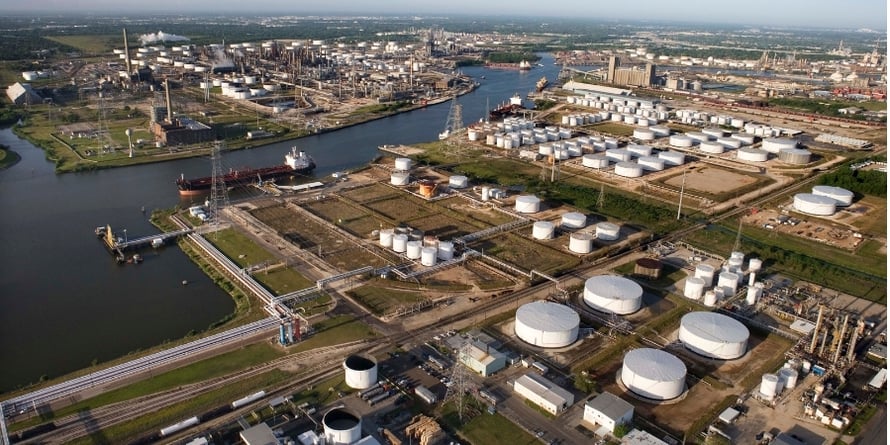
Huston's Harrisburg/Manchester neighborhood is 98% Hispanic and is home to 21 Toxic Release Inventory Facilities. Houston also is composed of a plethora of oil and gas refineries, chemical plants, sewage treatment facilities, and hazardous waste sites.
Residents in the Harrisburg/Manchester area are 22% more likely to develop cancer than others in different Houston neighborhoods. Each year, up to 484,000 pounds of toxic chemicals are exposed to residents in the Houston Area. In 2019, industrial facilities in Houston emitted over 23 million pounds of pollutants than they were allowed.
Industrial facilities emit toxins, polluting the air and nearby bodies of water resulting in detrimental health consequences. Greater exposure to toxic spills and elevated air and water contamination levels are associated with respiratory problems (asthma), cancer, and other chronic conditions.
Black children in Houston are twice as likely to develop asthma or be exposed to a lead outbreak than their white counterparts. An elementary school was forced to shut down after children were found with high lead levels due to the nearby facilities.
Who is Environmental Racism Affecting Overseas?
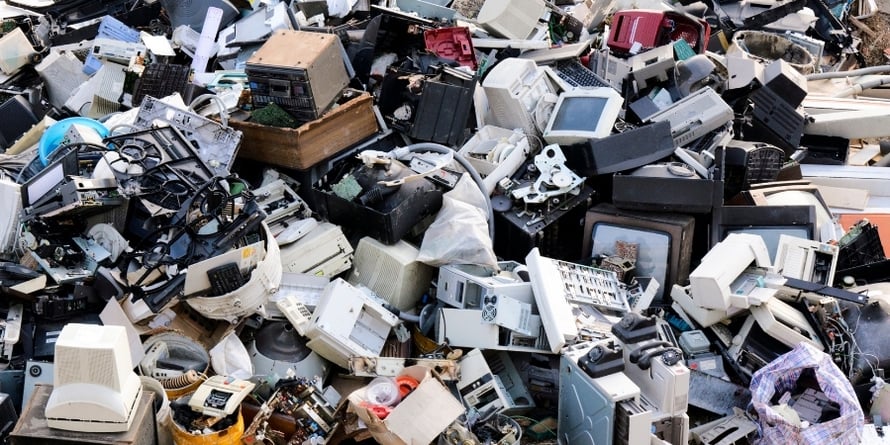
Each year, nearly 44 million tonnes of electronic and electrical waste is generated globally. 80% of that is exported to Asia, exposing countless individuals to damaging pollutants.
The town of Guiyu in China reaps the negative effects caused by a nearby dangerous e-waste hub. This e-waste hub lies in close proximity to the nearby river; contaminants from the electronic waste (discarded computer parts) seep into the water supply polluting it with cadmium, copper, and lead.
Water samples showed lead levels 190 times higher than WHO limits. Not only does lead poisoning cause cognitive deficiencies, but it is also linked to kidney damage, reproductive problems, nervous and immune system issues.
Is COVID-19 exemplifying the affects of Environmental Racism?
The coronavirus is exemplifying the silent oppression of environmental racism. Nonwhite individuals, specifically African Americans, are dying from COVID-19 at a higher rate than any other race.
Researchers suggest environmental injustice may account for these disparities. Preexisting health issues caused by environmental racism could be the culprit since pollution contributes to heart disease and asthma issues.
This instance might also occur due to lack of adequate testing, blatant racism, housing discrimination, corporate greed, lax regulation, or a weak Environmental Protection Agency. Disparities are seen within the U.S. and the U.K., so more research is critical to figure out and lessen this disparity.
The effects of environmental racism are negatively affecting one's health and increasing one's chance of disease and illness, oppressing the health of minority communities. Environmental racism exemplifies the impacts of systemic racism, which must be fought to bring about a fairer society.
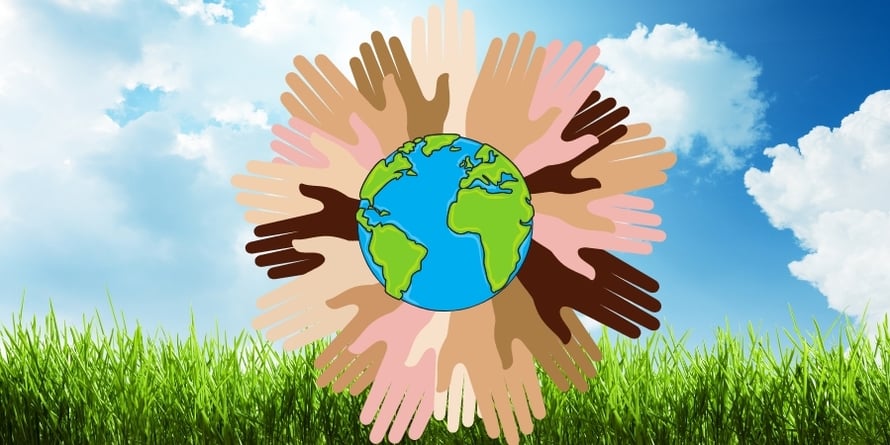
Be sure to check out the Environmental Benefits of Veganism to learn more about the environmental impacts of the meat industry and factory farming.
Choosing a healthy plant-based and vegan diet is most beneficial when it comes to:
-
Higher levels of energy;
-
Improved sleep;

-
Aids in energy and overall happiness;
-
Provides a sense of comfort and relief;
-
Could prevent major diseases such as obesity and diabetes;
-
Accomplish weight-loss and management; and
-
Improves mental and cognitive functioning.
There are really no excuses not to try healthier habits in your everyday life. If you are a man or woman looking for specific benefits of adopting healthier habits or just want to know about the general healing properties of herbs. Please remember to comment or post any health questions, or contact us directly!
References
Beech, P. (2020, July). What is environmental racism and how can we fight it? World Economic Forum.
Colarossi, N. (2020, August 13). 10 egregious examples of environmental racism in the US. Insider.
Washington, H. A. (2020, May). How environmental racism is fuelling the coronavirus pandemic.
Sustained Kitchen. (2020, November 7). Fast Facts on Environmental Racism. Sustained Kitchen.


















